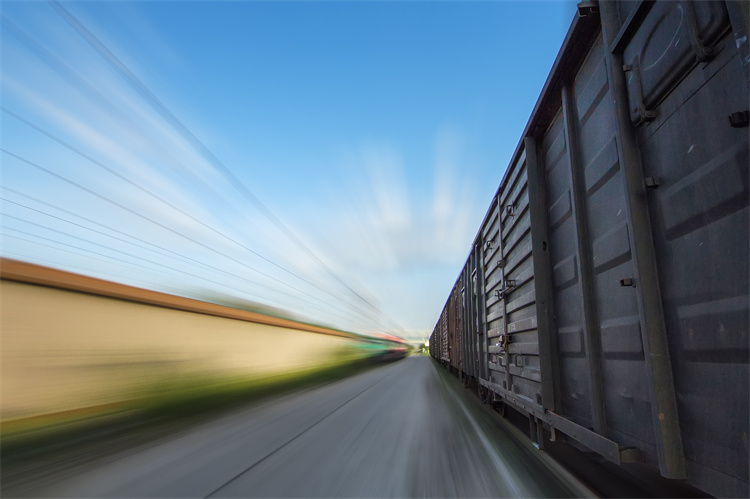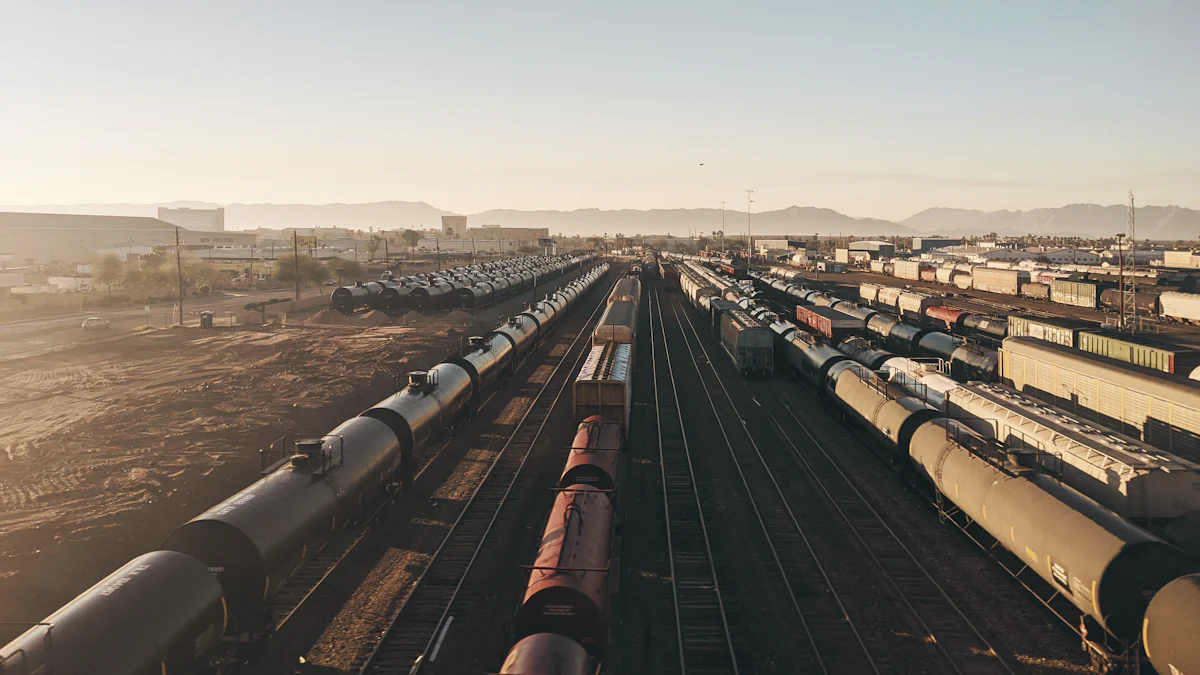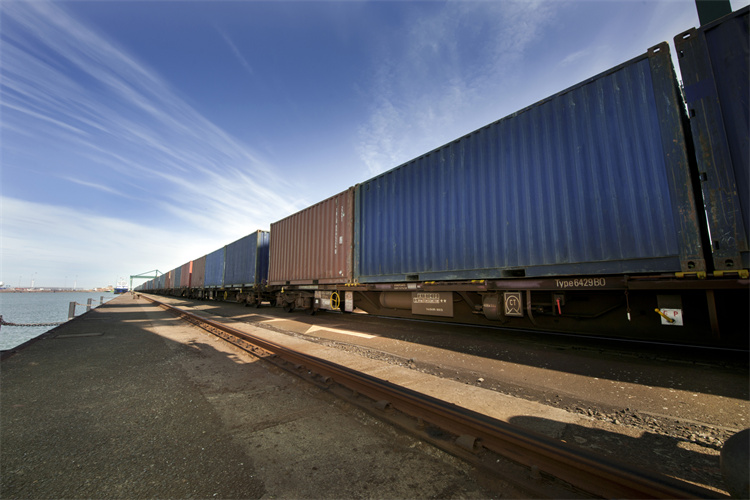Current states of Rail Transport in Viet Nam

Rail transport plays a crucial role in Vietnam's economy. The sector generated over VNĐ4.5 trillion in revenue in the first half of 2024. Despite this, passenger rail transport holds less than 1% of the market share compared to other modes. Vietnam's railway history dates back to the French colonial era, which laid the foundation for the current network. The system spans 3,162.9 km, managed by Vietnam Railways. Historical development has faced challenges, but modernization efforts continue to evolve.
Current Infrastructure of Rail Transport

Overview of Existing Rail Network
Vietnam's rail network spans approximately 2,440 kilometers. This extensive system connects major cities and regions across the country. The network includes several key routes that facilitate both passenger and freight transport.
Major Rail Lines and Routes
The North-South Railway stands as the most significant line in Vietnam. This line stretches from Hanoi to Ho Chi Minh City. Other important lines include the Hanoi-Lao Cai and Hanoi-Hai Phong routes. These lines serve as vital links for economic activities.
Key Railway Stations
Major railway stations in Vietnam include the Hanoi Railway Station and Saigon Railway Station. These stations handle a large volume of passengers and goods daily. The infrastructure at these stations requires modernization to improve efficiency.
Technological Advancements
Technological advancements play a crucial role in enhancing Vietnam's rail transport. Modernization efforts focus on upgrading existing infrastructure and integrating new technologies.
Modernization Efforts
Modernization efforts aim to replace outdated equipment and facilities. The government plans to invest in high-speed rail projects. These projects will increase train speeds and reduce travel times significantly.
Integration with Other Transport Modes
Integration with other transport modes enhances connectivity. The development of intermodal terminals facilitates seamless transitions between rail and other transport forms. This integration improves logistics and boosts economic growth.
Challenges Facing Rail Transport
Infrastructure Limitations
Vietnam's rail transport infrastructure faces significant challenges. The equipment and facilities have aged considerably. Many components of the railway system have been in use for over a century. This outdated infrastructure limits efficiency and safety. The lack of modernization poses risks to passengers and freight.
Capacity constraints also hinder rail transport development. The current network struggles to accommodate growing demand. Limited throughput capacity restricts the number of trains that can operate simultaneously. This limitation affects both passenger and freight services. The network's inability to handle large volumes impacts economic growth.
Financial and Economic Barriers
Funding and investment issues create additional obstacles for rail transport. The allocation of investment funds remains insufficient. Vietnam's railway industry requires substantial financial support. The need for investment capital continues to rise. Delays in urban railway projects exacerbate these financial challenges.
The economic impact on rail development is profound. Rail transport competes with road and air transport. Ticket prices and convenience influence passenger choices. Freight transport experiences shifts in cargo flow structure. These factors reduce the market share of rail freight. The national railway network's lack of uniformity further complicates matters.
News Reports: According to experts, Vietnam's railways lag behind those of neighboring countries. Expediting investment is crucial for maximizing potential benefits.
Developing high-speed railways offers a potential solution. However, no decisive action has been taken. Vietnam's focus on roads and aviation has overshadowed rail transport. A renewed commitment to rail development is essential. High-speed rail investment could serve as a catalyst for socio-economic progress.
Future Prospects and Developments

Government Initiatives and Policies
Planned Projects and Upgrades
The Vietnamese government plans to transform rail transport through strategic projects. Authorities have prioritized the modernization of existing rail lines. The North-South Railway will receive significant upgrades. These improvements aim to enhance efficiency and safety. The government intends to develop eight international intermodal terminals. These terminals will improve connectivity with other transport modes.
Policy Reforms and Support
The government has introduced policy reforms to support rail transport. The Law on Railway Transport 2017 outlines safety standards and operational regulations. This law ensures adherence to technical standards for coaches. The government's action plan promotes research in modern science and technology. Decentralization efforts aim to streamline railway management. Authorities focus on perfecting railway norms and standards.
Vietnam's rail transport faces significant challenges. The infrastructure remains outdated, with limited throughput capacity and low train speeds. These issues hinder efficiency and utilization. Despite these challenges, future developments hold promise. The government plans to invest over US$70 billion in a high-speed railway system. This investment will enhance the nation's multimodal transport network. Continued investment and innovation are crucial for growth. A modernized railway system will improve national competitiveness. Vietnam must commit to these advancements to realize potential benefits.
See Also
Ready for the Transport Tech Revolution Ahead?
Ready to Explore the Latest in Supply Chain Transport Tech?
The LTL Freight Future: An In-Depth Review
2024 Sea Freight Logistics Revealed: What's Next?
Revolutionizing Efficiency: Smart Indigenous Transport Solutions
